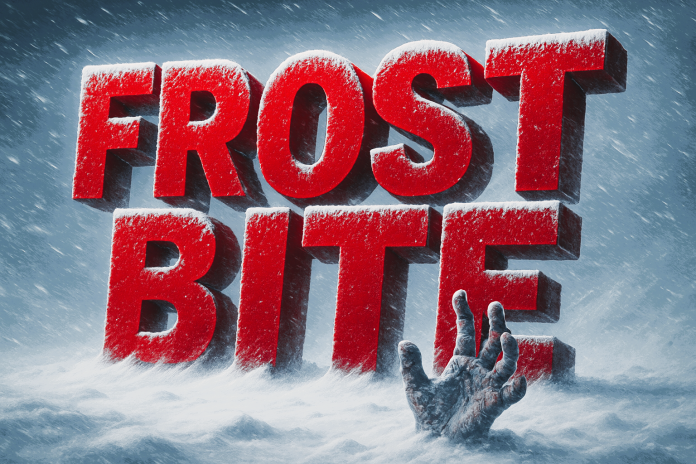Sioux Falls, SD – South Dakota may face a surge of brutal winter cold heading into Thanksgiving week, raising concerns about frostbite and hypothermia, according to updated projections from the National Oceanic and Atmospheric Administration (NOAA). The Nov. 19 climate outlook shows a major pattern shift beginning November 25, with sharply colder-than-normal temperatures likely across the Northern Plains through early December.
According to NOAA, the cold shift is influenced by ongoing La Niña conditions, the Madden–Julian Oscillation, and the possibility of a rare late-November sudden stratospheric warming event. These atmospheric factors may unleash a strong Arctic surge into the North-Central U.S., placing South Dakota directly in the below-normal temperature zone.
With hunters active in the field, families preparing for Thanksgiving travel, and early winter sports underway, state health officials warn that frostbite and hypothermia can develop extremely quickly — especially when wind chills plunge well below freezing.
Common frostbite symptoms include:
• Numbness or loss of feeling
• Tingling or prickling sensations
• Cold, hard, waxy-looking skin
• Skin discoloration (red, white, blue, gray, or purple)
• Blisters that may appear after rewarming
Ten important signs of hypothermia:
Shivering, slurred speech, shallow breathing, weak pulse, confusion, memory loss, severe fatigue, stumbling, drowsiness, and — in severe cases — loss of consciousness. Infants may show bright red, cold skin and unusually low energy.
NOAA urges South Dakotans to dress in warm layers, protect extremities, and limit time outdoors during the coldest hours of the holiday week. Anyone showing frostbite or hypothermia symptoms should seek immediate medical attention and warm affected areas with warm — not hot — water or gentle body heat.





